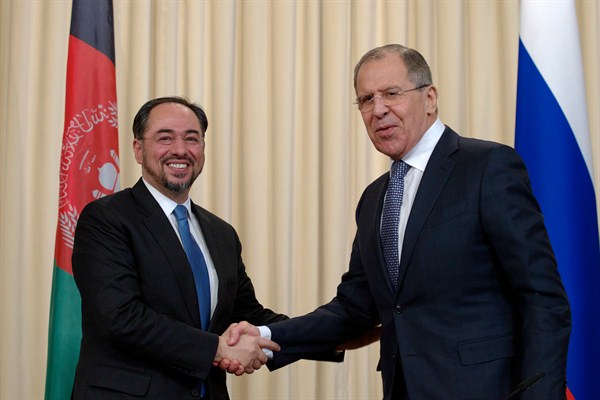In his speech to the 27th Congress of the Communist Party of the Soviet Union in February 1986, Mikhail Gorbachev described the war in Afghanistan as the USSR’s “bleeding wound.” Gorbachev would order Soviet forces out of Afghanistan two years later. During the subsequent three decades, Soviet and subsequently Russian leaders sought to steer clear of the country that many likened to Moscow’s Vietnam.
This history makes Russia’s re-engagement in Afghanistan in recent months all the more striking. A generation after its army invaded, occupied and then withdrew from the country, Moscow has again emerged as an important power broker in Afghanistan. And it has done so by reaching out to the Taliban, the force that seized power at the apex of the civil war that had overthrown Afghanistan’s Soviet-backed government. The Taliban later executed the former pro-Russian president, Mohammad Najibullah, on its way to establishing an Islamist emirate that provided refuge for Osama bin Laden, as well as groups like the Islamic Movement of Uzbekistan that spread terror in post-Soviet Central Asia.
Russia’s return to Afghanistan and its willingness to work with the Taliban stem from a perception that the U.S.-led occupation is becoming less effective and could be further wound down under President Donald Trump, leaving the wider region to deal with the fallout. Despite longstanding antipathy within the Kremlin, the limited resources of the government in Kabul and a rising threat from transnational jihadi groups like the so-called Islamic State have seemingly led Moscow to conclude that the Taliban—or at least some elements of it—can be part of a longer-term political solution for Afghanistan.

